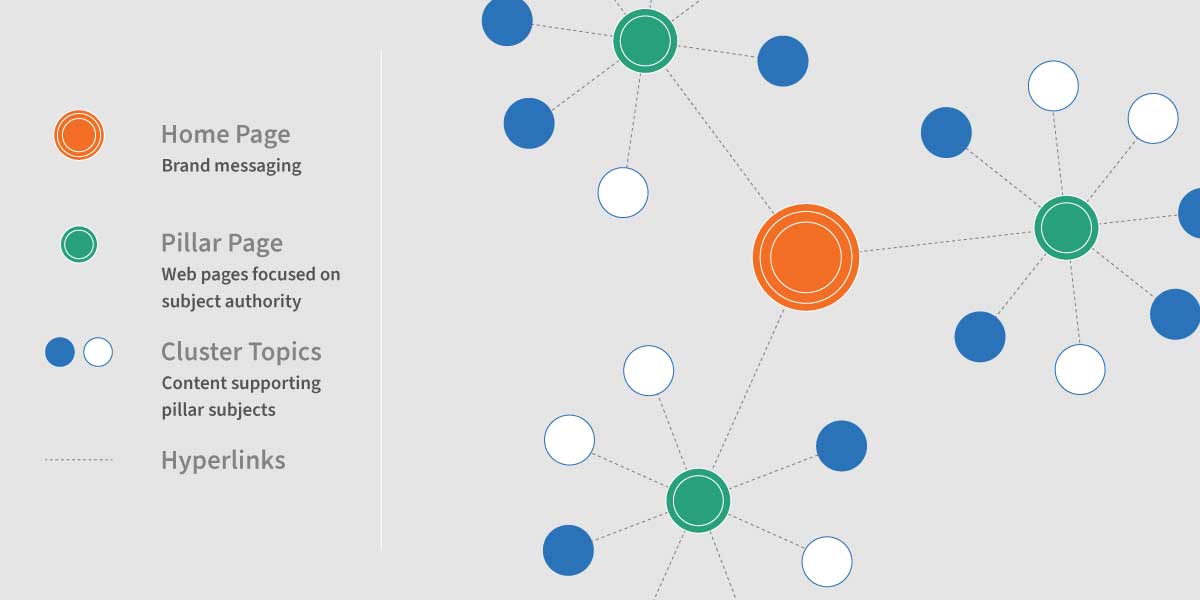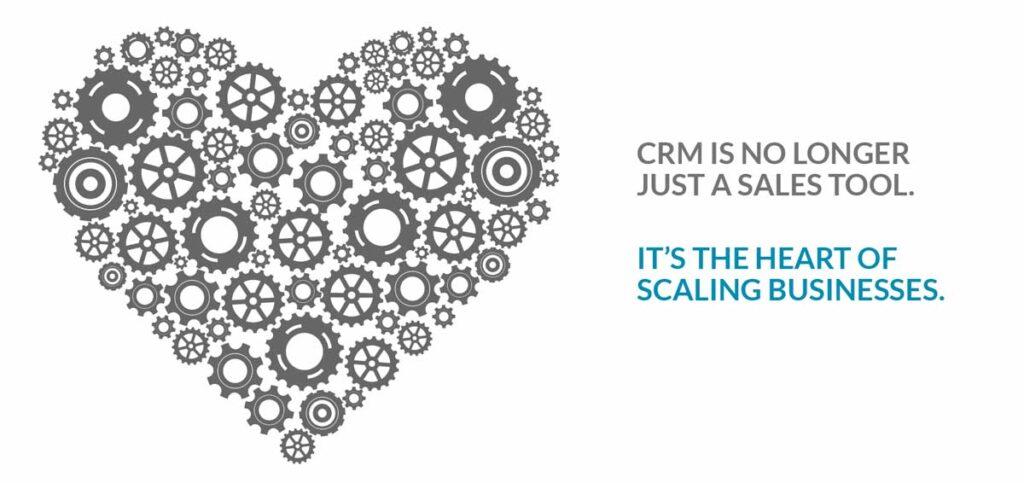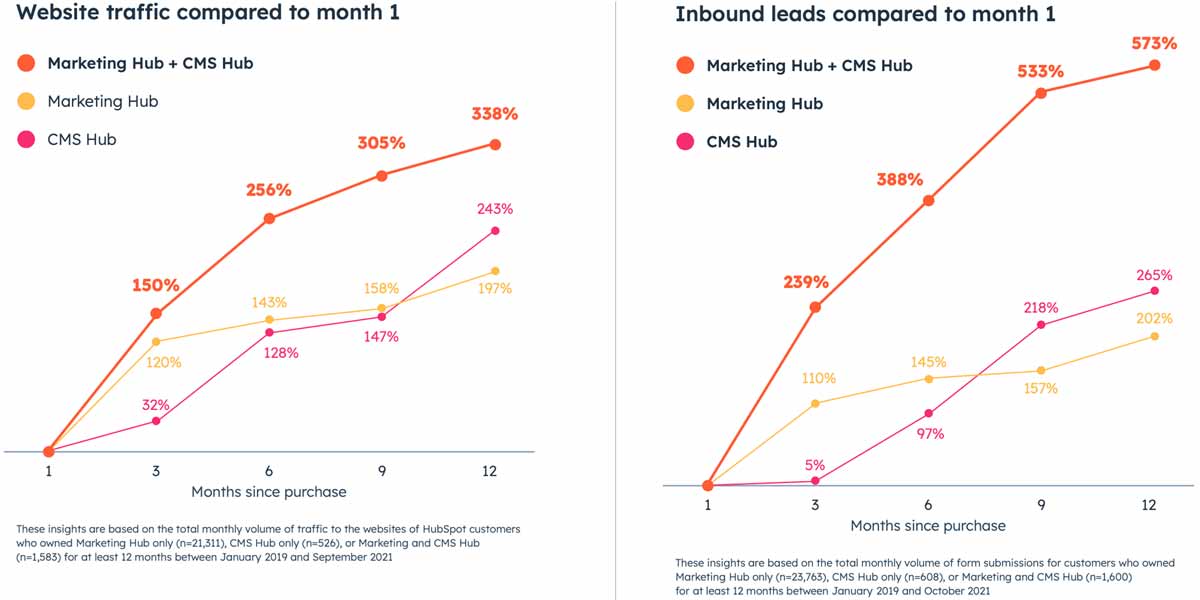Over time, all content strategies need a tune-up. Either due to shifting marketing conditions or evolving business priorities, the time may be now to relook at your marketing efforts and squeeze more value out of your investment. Maintaining an effective, data-driven content strategy is proven to increase website traffic and conversions while also improving overall brand awareness and is an essential marketing strategy for B2B firms.
An optimized content strategy will enable marketers to:
-
- Communicate their message with clarity
- Target specific audiences
- Track metrics
- Optimize campaigns along the way
- Increase revenue streams from digital sources
Whether it’s time to update your existing marketing content strategy or create one for a new business or product launch, here is how to do it and maximize your ROI.
Adopt a Pillar-Cluster Model to Transform Your Content Strategy
The pillar-cluster model is an effective content methodology that involves creating content around core topics, or “pillars”, and then expanding upon them with additional related topics, or “clusters”. The idea behind this approach is to create comprehensive coverage of information around your chosen pillar topics. This allows you to go to market as a credible, authoritative, and reliable source of quality content in your industry.
This pillar-cluster approach greatly benefits your SEO ranking by building topical authority and simplifying navigation for users and search engines.
Pillar topics support topic clusters
Start with your pillar topics. These are the broad-stroke foundational information themes for your website. Pillar topics should reflect the subject matter that your brand should be seen as an expert in.
Once you have identified the pillar topics, use topic clusters to create related blog articles. This process establishes a hierarchical information architecture that organizes and links related content together, enabling readers and search engines to find the information they are looking for quickly.
1. Audit Content and Research Competition
Use SEO tools like Ahrefs or Semrush to perform deep-dive content quality and competitive audits. Analyzing and logging your current content quality will reveal what content is working and what content needs work to perform better. It will also reveal areas where your site may be lacking information. The competitive research audit will help you understand how your competitors use content to engage their audiences. You will use this data to inform your own strategy.
2. Identify Keywords and Fill in the Gaps
Keyword research provides data on what information your audience is searching for. This data can be used to generate ideas and inform your strategy for creating engaging and valuable content.
Scrape competitor websites to understand the keywords they’re using to get more traffic and cross-reference it against your own website. The keyword gaps become the foundation for creating new website content around. Group these keywords into topics and attach them to your subject pillars.
3. Upcycle and Recycle Dated Content
Updating and recycling dated content will refresh your content, improve SEO results, and re-present valuable information for your prospects. Plus, this is an efficient way to get more value out of your budget.
Identify this old content when you conduct your website quality audit and then decide on the best approach to update it. Sometimes a minor tweak is enough, while other articles might require a complete rewrite. Some you may toss all together. Too many “dead” pages can drag a site’s performance down. It is usually better to remove this type of dead weight if it isn’t adding value.
While you’re updating your content, consider using it for new videos, infographics, audio files, or downloadable assets.
4. Update Your Marketing Calendar
Organizing content ideas into an editorial calendar makes it easier to plan and execute. When updating your marketing strategy, revisit your schedule. Take a look at the data from your existing marketing calendar and determine if it might be time to increase or decrease frequency.
Ideally, your content marketing calendar should enable your team to produce content on a regular cadence with enough lead time to implement well. At the same time, maintain flexibility to accommodate timely or urgent marketing communications as needed.
An up-to-date calendar will also make it easier for your team to collaborate on content and ideas, assign tasks, and achieve better results.
Specialist Agency vs. In-House
An effective content strategy requires a lot of time, expertise, and resources to create and execute. Companies may not have the bandwidth to devote themselves to their content strategy, or perhaps may not even have qualified resources in place to do this type of strategic work.
Working with a digital marketing agency is the perfect solution for businesses that want to get the most out of their content strategy — especially during economic downturns. The benefits of working with agency experts include the following:
-
- Working with experienced and knowledgeable professionals
- Access to advanced training, technology, tools, and data
- Receiving in-depth analysis and recommendations
- Ability to quickly create high-quality content on a consistent basis
- Cost savings due to economies of scale
If your business lacks the bandwidth, resources, or abilities to develop and implement a high-performing content strategy, consider working with an agency that specializes in inbound and content marketing. This engagement can range from just the strategic part to full implementation. It could even include training and empowering your own in-house team.
The right agency will assist you in developing an engaging content plan that resonates with your target audience, optimizes existing content for better visibility, and provides a higher return on your investment.
Is it Time for a Content Strategy Tune-up?
Content strategy is essential for driving traffic, leads, and conversions. Companies need to realign their content strategies on an ongoing basis to remain competitive. By regularly conducting a website quality audit, identifying upcycled and recycled content opportunities, updating your editorial calendar, and working with an agency partner when necessary, businesses can create effective content that resonates with their audience. This will lead to a better return on investment and improve overall brand awareness.















